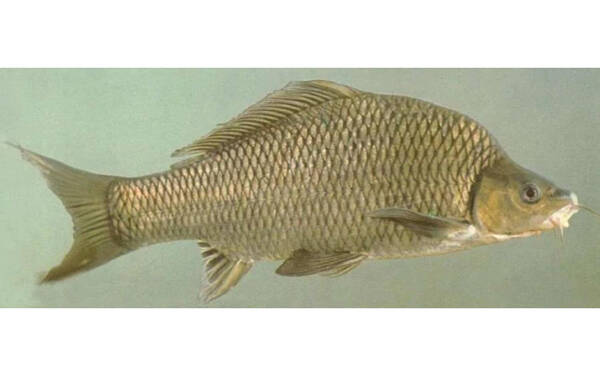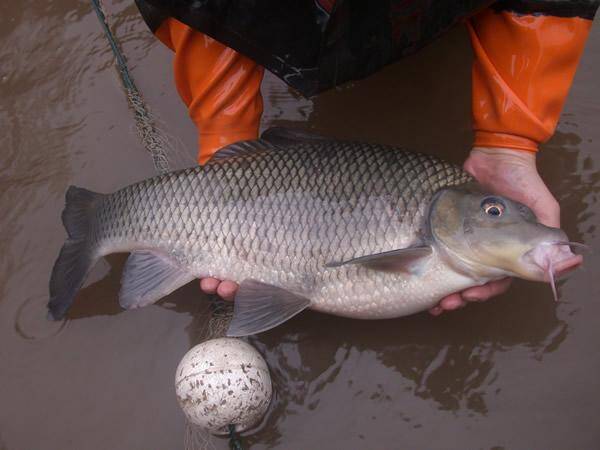The Latin name of the black carp is Procypris mera (S. Y. Lin, 1933), and its foreign name is Chinese ink carp. It is a common and high-quality edible fish in Guangxi.

Wuyuan carp is a fish in the middle and lower layers of rivers. It mostly lives in water bodies with rocky bottoms deep in the water, and can also live at the bottom of water bodies with slower flow. It has a short-distance migration habit. After spawning in winter, it swims upstream and swims downstream during flood season. It has a varied diet and often sucks benthic plants and animals from the surface of the rocks at the bottom of the water with its mouth, mainly small snails, clams, and clams. It also eats a small amount of aquatic insect larvae, water earthworms, and algae. Because sucking is the way this fish feeds, it often inevitably brings a small amount of mud and sand into the intestine. Generally, it takes more than 2 years to reach sexual maturity, and the spawning season is from November to January of the following year; the eggs are laid in batches, are yellow, sink, and have a certain degree of stickiness; the spawning grounds are mostly on the edge of the beach stones and the end of the beach where the water is turbulent and there are many algae.

The common black carp in the market are mostly 0.5-1.0 kg in weight, and the largest individual can grow to 7 kg. Although the yield is not high, it is thick and the meat is delicious, so it is regarded as a superior economic fish.
As the Wuyuan carp has a migration habit, and the dams and gates are built on the tributaries of the river, it hinders the migratory river channel and affects its life and reproduction; the discharge of industrial pollution causes the water quality to deteriorate; coupled with factors such as overfishing, its resources have decreased and it has become an endangered species.
Listed in the second level of China's "National Key Protected Wildlife List". (Limited to wild populations)
Protect wild animals and eliminate game.
Maintaining ecological balance is everyone's responsibility!